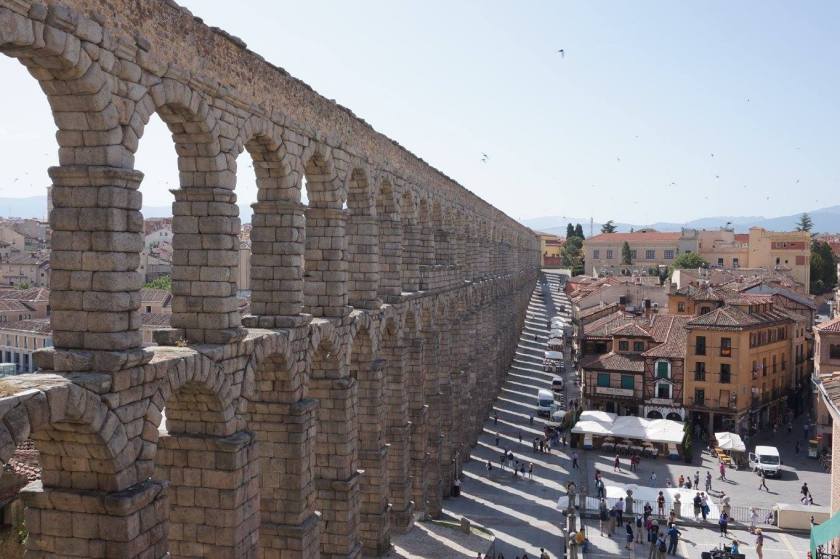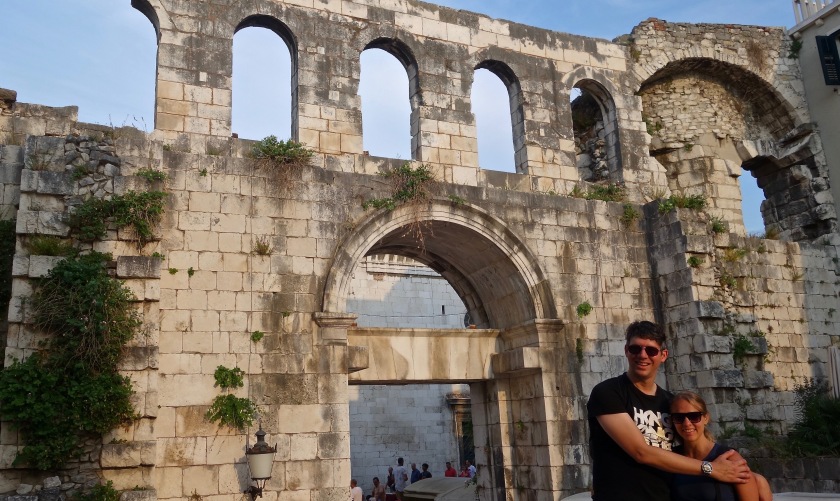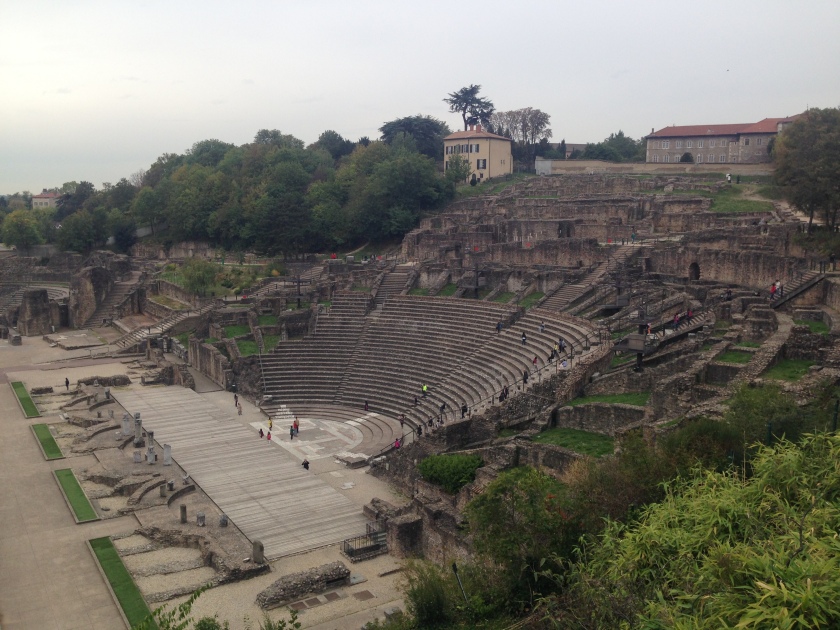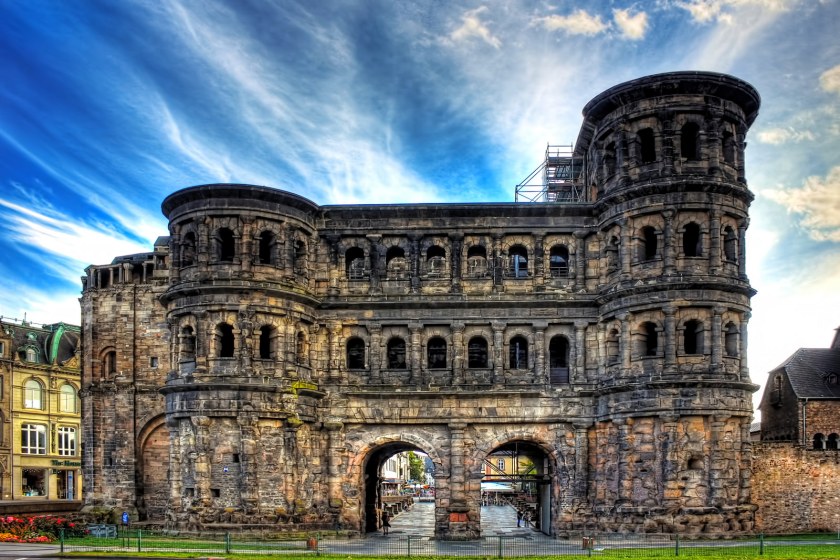Traveling has brought us to many corners of the world — and one group of people keep popping up: the Romans. At its height, the Roman Empire was the most extensive political and social structure in western civilization. Subscribe to our Big & Small Travel Youtube to watch our adventures in Rome and more.
They ended up leaving their mark in places well beyond modern Italy, including England, France, Croatia, Spain, and Germany. Before heading on our Roman photo journey, take a look at the Roman Empire’s domination in 117 AD:

The Roman Empire in AD 117, at its greatest extent with its full kingdom in red and pink.
Here are our top 5 spots to find a slice of Ancient Rome outside Rome itself.
- Bath, England – Roman Baths

The Roman Baths complex is a well-preserved Roman site for public bathing. The temple was constructed by the Romans in 60–70 AD and the bathing complex was gradually built up over the next 300 years.
2. Segovia, Spain – Roman Aqueduct

The Roman Aqueduct of Segovia, Spain, is one of the best-preserved elevated Roman aqueducts. It dates from AD 81-96.
3. Split, Croatia – Palace of Diocletian

Croatia was ruled by the Romans for over five centuries. Big and Small are pictured here at the Palace of Diocletian, an ancient Roman palace built between 295 and 305 in Split, Croatia, by the emperor Diocletian as his place of retirement (he renounced the imperial crown in 305). You can also find the sixth largest Roman amphitheater, and one of the best preserved, further north, in Pula, Croatia.
4. Lyon, France – Theatres Romains

Lyon, France, has the Theatres Romains, built around 15 BC by the Romans. This theater held an audience of 10,000. The Romans also held poetry readings and musical recitals in the smaller, adjacent odeon.
5. Trier, Germany – Porta Nigra

Porta Nigra, Latin for Black Gate, is a well-preserved Roman gate in Trier, Germany. The gate was built in grey sandstone after 170. It was originally constructed of large blocks of light sandstone, but the darkening of its appearance by the Middle Ages led to the name Porta Nigra (its original name is unknown). By the mid-second century AD, Trier – then known as the Roman city of Augusta Treverorum – was fortified by a vast defensive wall. Porta Nigra is thought to have been constructed in the latter half of the second century, perhaps completed in 200 AD. It would have been one of four city gates.
Have you been to any of these Roman ruins? What other ones have you seen outside of Italy? Let us know by commenting below. And don’t miss Big and Small Travel running around Rome in this video below:
Join our journey for more updates on:
Instagram: https://instagram.com/bigsmall_travel/
Twitter: https://twitter.com/BigSmall_Travel
Facebook: https://www.facebook.com/BigSmalltravel





















